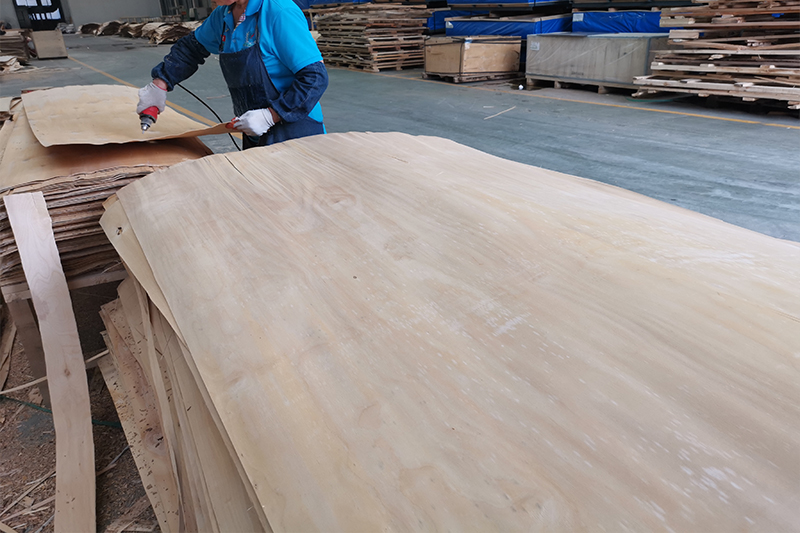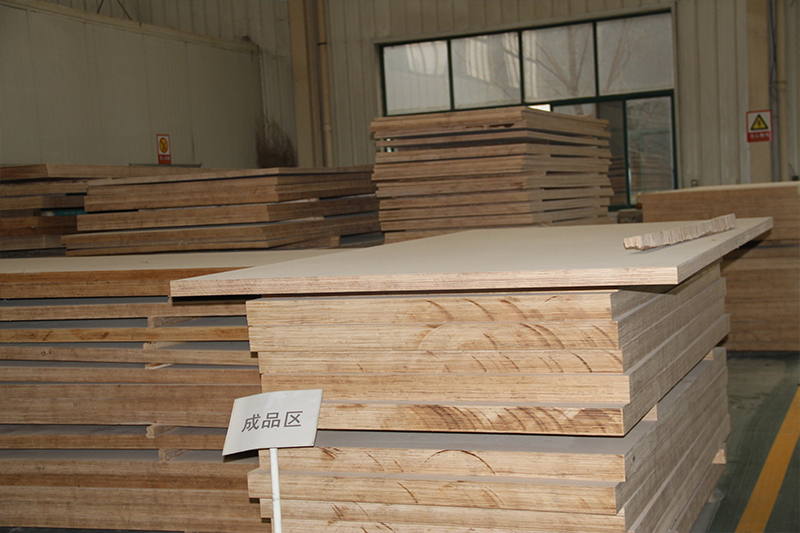In power equipment maintenance, the replacement of electrical laminated wood (such as insulating partitions and support pads) is a key link to ensure the insulation performance and mechanical stability of the equipment. If the replacement operation is improper, it is very easy to cause insulation failure, partial discharge, and even equipment failure. The following is a detailed introduction to the 5 key steps of replacement and related precautions.
First cut off the power supply of the equipment, and then perform the power test operation. After confirming that there is no power, hang a “no closing” warning sign. For adjacent live parts, set up insulating baffles. Capacitive equipment such as capacitors and cables need to be fully discharged.
Notes:It is necessary to confirm that the system is completely powered off to prevent residual charge from causing electric shock accidents. When testing electricity, use a qualified tester, and the operator must also wear insulating gloves and goggles.
First, record the installation position, bolt specifications and insulation matching method of the original laminated wood. Then use special tools (such as non-metallic pry bars) to carefully remove it, avoiding damage to adjacent insulating parts during the process.
Notes:During the removal process, violent knocking is strictly prohibited to prevent fragments from flying or equipment deformation. After the removal is completed, carefully check whether the exposed metal parts have rust or discharge marks.

Check the model, thickness, and voltage rating of the new laminated wood, such as whether it meets the IEC 60893 standard. Clean the surface of the new laminated wood, grind the burrs on the edges, and if necessary, perform moisture-proof treatment, such as applying insulating paint.
Notes:New laminated wood should be stored away from moisture, and the humidity of the storage environment should be controlled at ≤60% RH. At the same time, it is forbidden to use cleaning agents containing conductive impurities.
Install according to the original position to ensure that the new laminated wood fits tightly with the conductor and insulation. Use non-magnetic stainless steel bolts for fixing, and the torque should meet the manufacturer’s requirements.
Notes:The length of the bolts should be moderate. Too long may cause partial discharge. When stacking multiple layers of laminated wood, the joints need to be staggered to enhance the mechanical strength.
Perform insulation resistance test. If necessary, partial discharge test is also required.
Notes:Residues (such as metal debris) generated during the installation process should be removed before testing. After the first power-on, infrared temperature measurement is required to monitor whether the temperature rise is abnormal.

Temperature and humidity: Laminated wood bonding work needs to be carried out in a dry environment with a temperature control of 15℃~30℃ to avoid poor curing of the glue layer.
Dust prevention measures: The operation needs to be carried out in a dust-free workshop, or covered with a dust cover to prevent dust from embedding into the glue layer or insulation surface.
Special tools: Use a torque wrench to control the tightening torque of the bolts to avoid cracking of the laminated wood due to over-tightening or loosening due to over-loosening.
Insulation glue matching: Select compatible insulation glue according to the material of the laminated wood (such as phenolic paperboard, epoxy glass cloth board) to prevent chemical corrosion.
Personal protective equipment: Operators should wear insulating gloves, protective glasses, dust masks, and anti-static work clothes.
Operation specifications: It is forbidden to directly touch the bonding surface of the laminated wood with your hands to prevent grease pollution from affecting the insulation performance.
Glue layer overflow: Once the glue layer overflows, immediately wipe the excess glue with a solvent to avoid difficulty in removing it after curing.
Laminated wood damage: If cracks or gaps are found in the laminated wood during the installation process, new parts must be replaced immediately, and it is forbidden to continue using it after repair.
Equipment abnormality: During the power-on test, if the equipment has odor, abnormal noise or tripping, the power must be turned off immediately and the cause must be checked.
Maintenance files: Record the replacement time, laminate model, replacement reason and test data in detail to provide reference for subsequent maintenance work.
Spare parts management: When storing the remaining laminate, keep the environment dry and moisture-proof, and mark the expiration date.
If you need our products please write down any questions, we will reply as soon as possible.
There are three ISO certificates for quality certification. The certificates will be shown later. ISO
After receiving the advance payment, the production cycle is 15-25 days. And the transportation cycle should be calcul……
We supply with installation guide and user manual for each transformer. If you do not understand them. We will offer v……